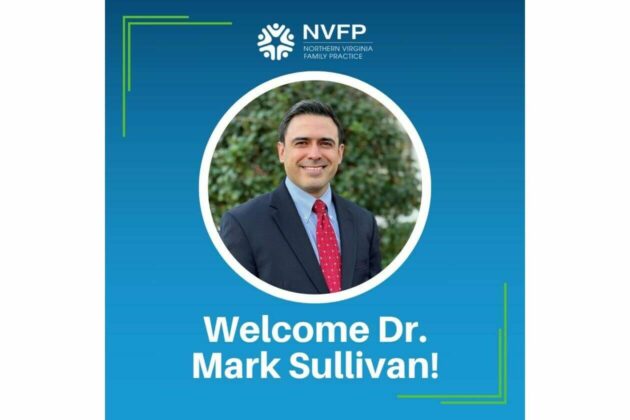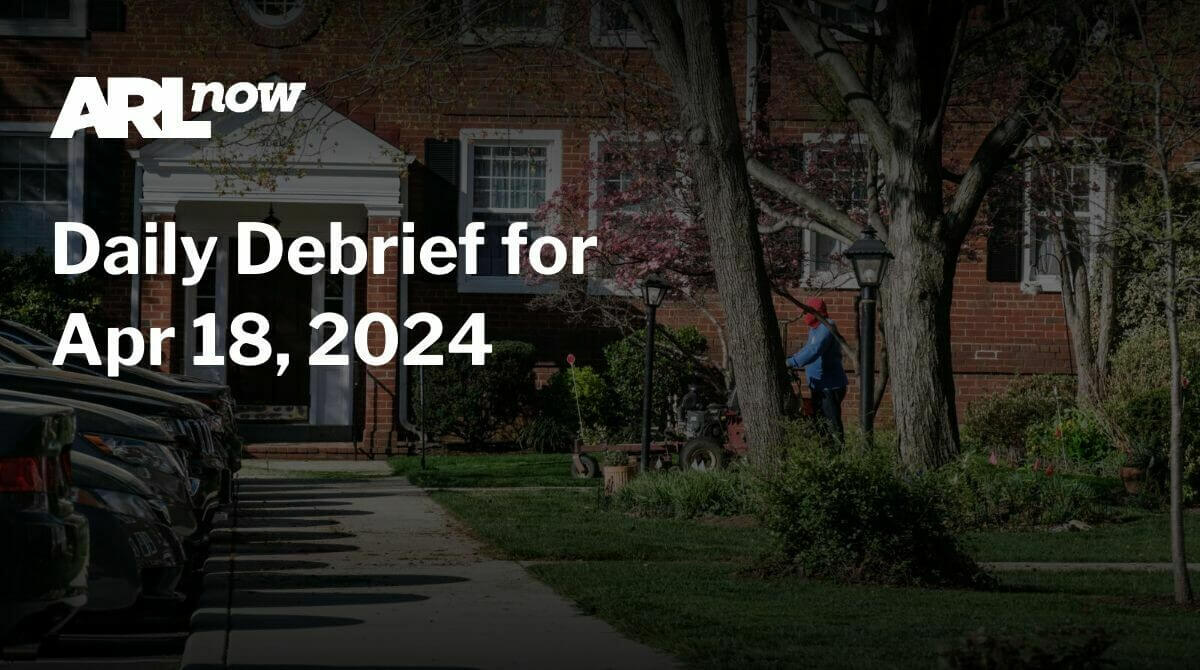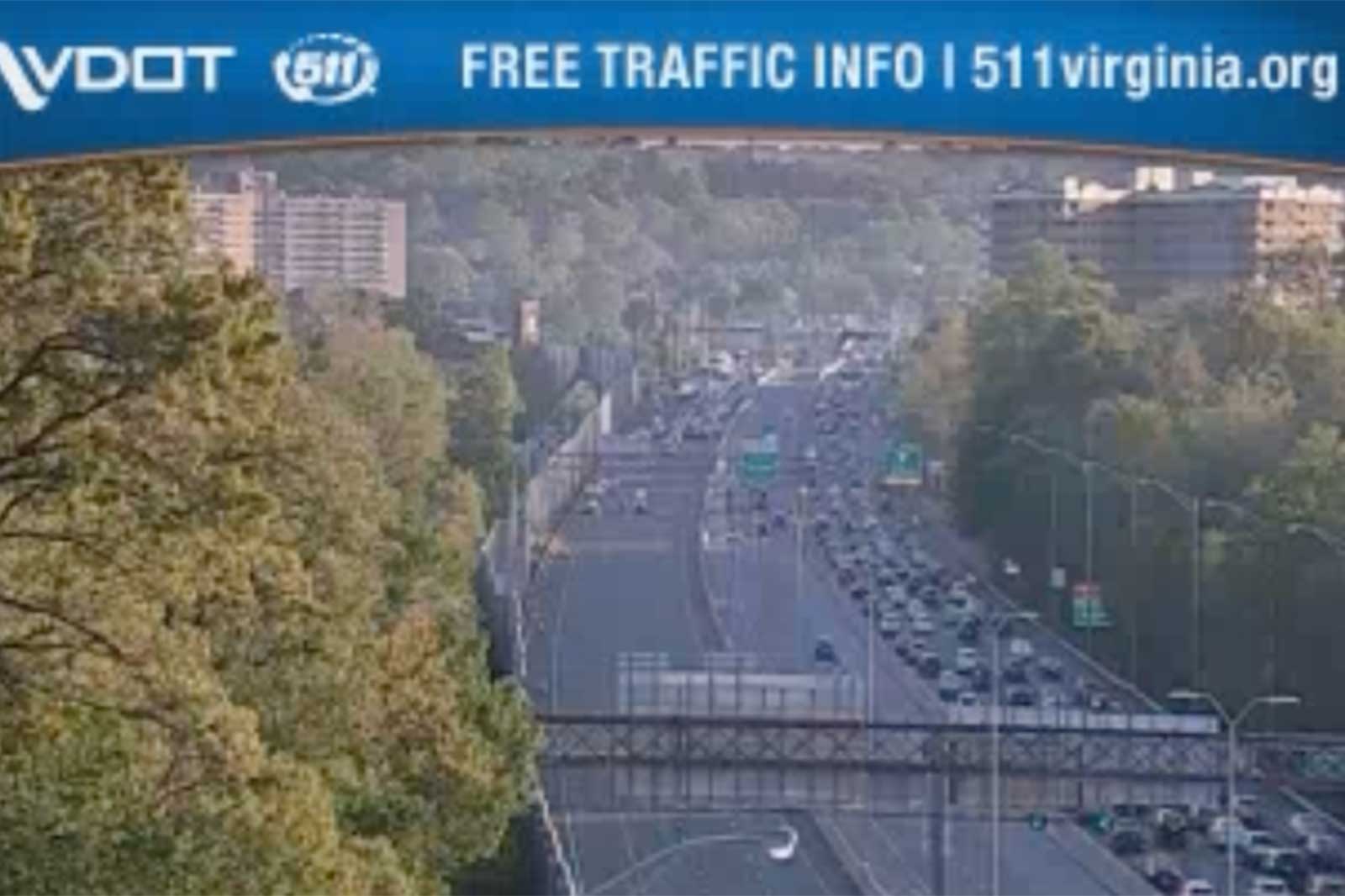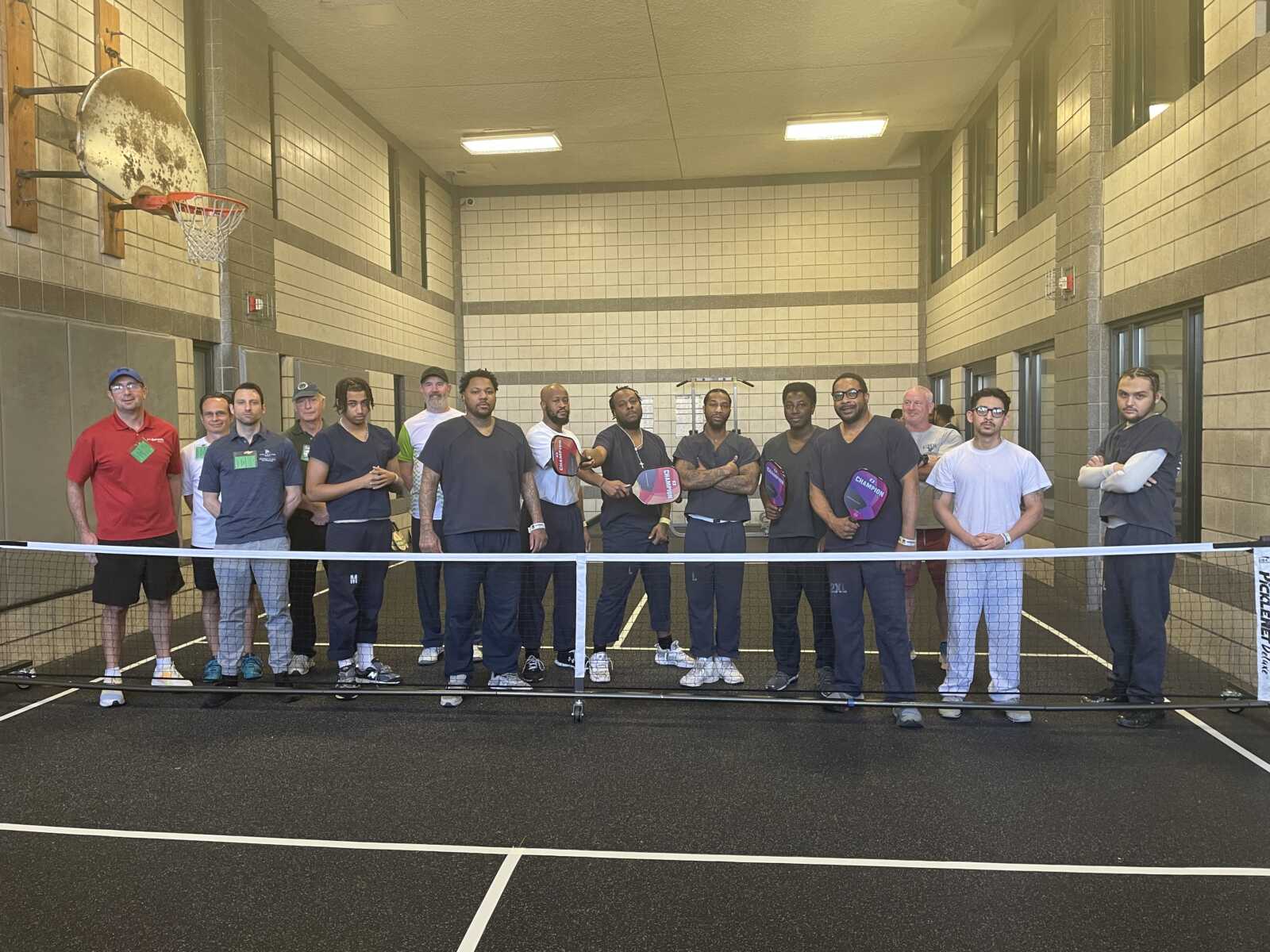 Peter’s Take is a weekly opinion column. The views and opinions expressed in this column are those of the author and do not necessarily reflect the views of ARLnow.com.
Peter’s Take is a weekly opinion column. The views and opinions expressed in this column are those of the author and do not necessarily reflect the views of ARLnow.com.
On Feb. 23, the Arlington County Board voted to advertise a 2.75-cent real estate tax-rate increase for calendar year 2019.
As ARLnow.com reported:
“Board members hoped to add an extra penny to the tax rate beyond Schwartz’s proposal, generating an extra $7.8 million to dedicate specifically to schools.”
Since APS already receives about 47 cents out of every locally generated tax-revenue dollar, under its revenue sharing agreement with the county, APS will automatically receive about $5.5 million from the 1.5-cent tax-rate increase originally recommended by the County Manager.
If the full, advertised 2.75-cent tax-rate increase were to be approved, generating an estimated total of $21.4 million, APS would receive $13.3 million — 62 percent of the additional tax revenue being generated.
The 2.75-cent tax-rate increase, if adopted, will be applied on top of higher 2019 home assessments, an average increase of 2.9 percent. For example, a home assessed at $800,000 in 2018 accrued an $8,048 real-estate tax bill; that home would be assessed at $823,200 in 2019, and the tax bill would grow to $8,508.
The advertised tax-rate increase exposes an unresolved structural problem
For purposes of this column, I won’t discuss such important issues as whether the County Board should have advertised a lower tax rate in order to impose greater fiscal discipline. Nor will I discuss whether any specific APS operating-budget expenditure is justified.
In designating 62 percent of new revenue (generated by the 2.75-cent advertised tax-rate increase) to APS (even though APS is entitled to receive only about 47 percent of locally generated tax revenues), the County Board is tacitly acknowledging that APS’s operating budget, as currently structured, is growing faster than the county’s own operating budget.
But neither the School Board nor the County Board are publicly acknowledging or explaining the long-term fiscal impact of APS’s operating-budget growth. Instead, both boards continue to treat APS’s relentless budgetary increases as one-time events that require a simple one-time fix. Or, as APS Superintendent Patrick Murphy put it recently, “take a breath, look at this one year, and see if these patterns begin to play themselves out over a long period of time.”
We can already see how these “patterns” are playing out in our tax bills. Let’s examine some of the future implications.
Long-term enrollment growth = long-term budget growth
The latest APS enrollment projections released on Jan. 24 expect enrollment to swell from the current 26,400 students to 33,000 by 2028, an increase of 25 percent. Under Superintendent Murphy’s proposed FY2020 budget, presented to the School Board on Feb. 28, APS’s per-pupil expenditure is estimated to be $20,012.
If that $20,012 per-pupil expenditure level remains constant, it will add $132,079,200 to APS’s operating budget by 2028 — solely to support the 6,600-student increase in APS enrollment.
Below are some figures that help explain the significance of this $132,079,200 increase in APS operating costs, attributable solely to enrollment growth:
- It will require an additional tax-rate increase of at least 17 cents — so a home assessed at $800,000 in 2018 (and $823,200 in 2019) will have a tax bill of at least $9,907 in 2028, even if there were NO additional assessment growth (highly unlikely) between 2019 and 2028.
- If assessments grow by an average of 3 percent per year from 2019 through 2028, the tax bill on that home will increase to $12,879 by 2028.
Conclusion
On its current trajectory, the APS operating budget will, over the next 10 years:
- shift tens of millions of dollars away from other essential county services and
- require painful, annual tax-rate increases solely to fund school enrollment growth.
Both County and School Boards must publicly acknowledge this reality now, before a fiscal crisis occurs. Continuing to pretend each year that school budget increases are unique, one-time events is untenable. The two boards must publicly:
- acknowledge the long-term budgetary consequences of enrollment growth on the county’s own budget and
- engage the community in an honest dialogue about the difficult trade-offs and choices that must be made in order to stabilize spending and put Arlington’s operating budgets on a long-term sustainable footing.
A reality-driven plan of action is the only way to safeguard Arlington’s financial stability, protect the most vulnerable members of our community and maintain a reasonable quality of life for Arlington residents.
Peter Rousselot previously served as Chair of the Fiscal Affairs Advisory Commission (FAAC) to the Arlington County Board and as Co-Chair of the Advisory Council on Instruction (ACI) to the Arlington School Board. He is also a former Chair of the Arlington County Democratic Committee (ACDC) and a former member of the Central Committee of the Democratic Party of Virginia (DPVA). He currently serves as a board member of the Together Virginia PAC-a political action committee dedicated to identifying, helping and advising Democratic candidates in rural Virginia.
Recent Stories

Unlike our competitors, Well-Paid Maids doesn’t clean your home with harsh chemicals. Instead, we handpick cleaning products rated “safest” by the Environmental Working Group, the leading rating organization regarding product safety.
The reason is threefold.
First, using safe cleaning products ensures toxic chemicals won’t leak into waterways or harm wildlife if disposed of improperly.
Second, it’s better for you and your family. Fragrant chemicals in surface cleaners can expose you to a similar amount of pollutant particles as a busy city road, New Scientist reported.

Northern Virginia Family Practice (NVFP), known for its comprehensive concierge healthcare, is thrilled to introduce Mark Sullivan, MD as the newest member of its family medicine team.
Dr. Sullivan brings a wealth of experience in family medicine, underpinned by a passion for delivering personalized, patient-centered care. He has a distinguished background in managing various medical conditions, emphasizing preventive care, health education and chronic disease management. Dr. Sullivan is adept at employing the latest medical research and technologies to enhance patient outcomes.
Beyond his medical expertise, Dr. Sullivan is committed to the well-being of his community, demonstrating this through his active engagement in local health initiatives and educational programs. His approach to medicine is holistic, focusing on integrating physical, mental and emotional health and patient education to achieve optimal patient wellness.
Dr. Sullivan is now accepting new patients at their newly established Arlington office at 2445 Army Navy Drive, Arlington, VA, 22206. The office, known for its patient-friendly amenities and state-of-the-art medical facilities, continues to provide the exceptional, personalized care NVFP is known for in its newly upgraded Arlington location.
Sweeney Todd
A victim of a gross injustice that robbed him of his wife and child, Sweeney Todd sets about exacting a terrible revenge on society.
Fascination
Goth-Dark Wave Dance Party with Belly Dancing and Drag King Show.
Part of OurAlternative Thursdays for Alternave People with Alternative Lifestyles
Performances By
Belladonna and the Nightshades
Ya Meena
Drag King - Ken Vegas
DJ Michelle Guided







